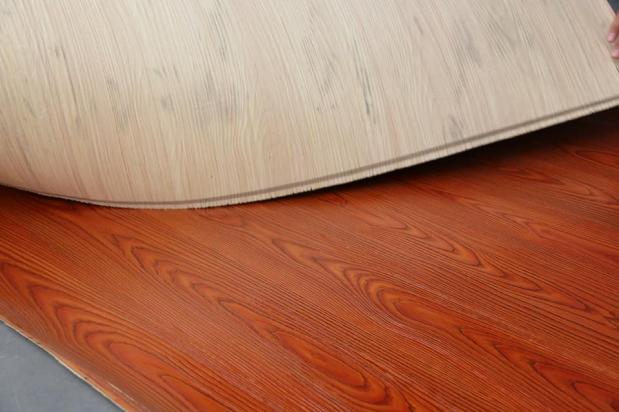New product launch: New solutions for the decorative surface - Melamine recon veneer plywood
Today, we launched a breakthrough new product – the Melamine Recon Board. The front side has a typical DARA melamine surface, while the back is 1.3mm engineered veneer. This product effectively solved the headache of solid woodboard surface finishes like
Breaking through the limits of technology and creating a new height of texture - our factory successfully developed a new 3D deep embossed panel
3D deep embossed panels can be widely used in high-end home decoration and other fields, bringing consumers high-quality visual enjoyment and tactile experience. Especially in wall panels, floors, furniture finishes, etc., the three-dimensional texture of
Ruitai Wood - helping thousands of enterprises solve surface decoration problems
Ruitai Wood Industry helped a customer from Oman address their requirement for special surface decoration using natural wood veneer on MDF boards.
What is Synchronized melamine board?
Synchronized melamine board is made by laminated veneer paper and plywood/mdf/chipboard, which can be used to make furniture.
Laminated veneer paper a Great Substitute for HPL
Laminated veneer paper a Great Substitute for HPL
As all plywood manufacturers know, pasting melamine paper directly on plywood can cause a number of problems, such as bubbles, shining spots, peeling and so on. Therefore, HPL came into being, but the high cost of HPL production still cannot fundamentally solve the problem. Happily, Ruitai Woods new product LVP solves this problem perfectly. This is certainly a first.

What is HPL & LVP?


Form above two pictures about HPL&LVP structure, we can easily recognize what is HPL&LVP.
For HPL: It is 60-70 percent paper, saturated with different kinds of plastic resins. The core of a sheet of HPL is made of several layers of kraft paper (similar to shopping bag paper) saturated with phenolic resin. The visual layer is a sheet melamine-impregnated decor paper with a solid color or printed design, which is topped with a protective wear layer that can also carry metallic or other inclusions for extra design flair.
For LVP: As we can see, it is melamine paper on recon veneer. The melamine paper is used to make the decorative layer which offer more than 500 designs by Ruitai Woods. Under the melamine paper is recon veneer which played an important role in avoiding bubbles when pressing under high temperature and pressure.
 Invention of LVP
Invention of LVP
1.Pasting directly on plywood
Speaking of melamine paper, you may ask: How can melamine paper paste on plywood? This is certainly not an unfamiliar question for plywood manufacturers. The consensus of all manufacturers is that when you paste melamine paper directly on plywood, it will be a series of problems such as bubbles, shining spots and peeling.By means of the invention of LVP new structure, now Ruitai woods solve the problem perfectly. It will not be a problem if you choose LVP to paste on plywood, meanwhile you can get colorful designs and save lots cost. How could you not say “Kill two birds with one stone!” ?
2.Special Synchronized surface designs
Synchronized designs means the texture on LVP surface you can get the real feeling in touch and visual. If we want to produce the synchronized, it must used the customized plate to paste. Every single designs needs one matched plate to produce.Where is LVP used?
LVP can paste directly on plywood, MDF and chipboard, it has widely used in our life.- Commercial and residential
 cabinet casework, doors and drawer fronts – offices, hotels, healthcare
cabinet casework, doors and drawer fronts – offices, hotels, healthcare - Worktops, tabletops, kitchen counters
- Retail displays, transaction counters, shelves, walls
- Architectural wall panels, elevator cab wall panels
- Signage and branded surfaces (with digitally printed and silk-screened designs)
- Laminate flooring
- Applications where you want a design that’s not available in any other material.
Why we choose LVP?
- Paste directly on plywood
- Less cost
- Anti-Scratch
- Strong durability wear
- Water and moisture resistant
- Special cores may be specified for moisture and fire resistance
To sum up, LVP can help plywood manufacturers to gain high quality products, reduce redundant production steps, get more leading designs under the condition of reducing production cost. So how would you choose?
 How to Choose the Best Decorative Panels for Your Space?
How to Choose the Best Decorative Panels for Your Space?
 Why Plywood Remains a Reliable Material in Furniture and Interior Design?
Why Plywood Remains a Reliable Material in Furniture and Interior Design?
 Synchronous board material series——the beauty of nature is within reach
Synchronous board material series——the beauty of nature is within reach
 Synchronized Embossed Board: The Cutting-Edge Material for Modern Furniture and Interiors
Synchronized Embossed Board: The Cutting-Edge Material for Modern Furniture and Interiors


